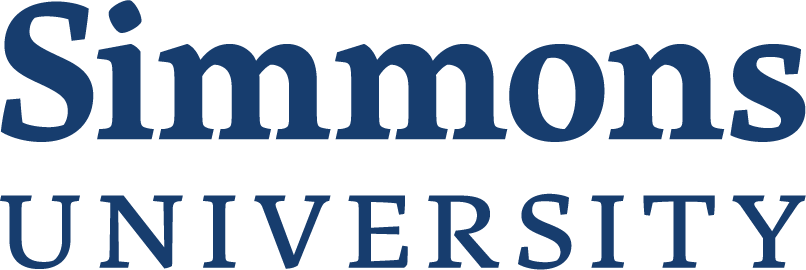A Great Group Project
Posted April 23, 2020 by Amie Grosshans
I completed my group project for Metadata and honestly it was one of the most enlightening group projects that I’ve done. Each group was assigned a different metadata schema. This is usually how it goes for a group project, but what was different here was that the schemas were for unusual items like Tweets (Tweet Object Records), music (Music Encoding Initiative), cultural heritage objects (MIDAS Heritage), biological records (Darwin Core) and even math (MathML)! I watched all the presentations and learned a ton about how metadata is used. I did not know that you could create metadata for a math formula or that metadata for a simple Tweet contains huge amount of information, including the number of followers the person had at that time, the number of likes the tweet got, and how many times it was re-tweeted. It was so interesting to learn how each schema described its resources.
My group was assigned PBCore, which is used to create metadata for audio and visual resources, like tv episodes or radio shows. I enjoyed researching PBCore and found it flexible and easy to use. We created a record for a single tv episode of Antiques Roadshow, and entered a lot of information, including the program description, air date, episode length, producer and narrator names, a link to the online version of the episode, and program type. PBCore has many other optional attributes and elements that let the cataloger describe very specific parts of a radio or tv program including file size, specifying whether a program is in color or black and white, and whether or not a program has closed captions. It also provides a way to create a record for a specific clip within a certain episode. It is able to provide a lot of information about a resource. Overall, I thought this was the perfect example of how a group project can be an effective learning tool.
It’s important for librarians to have some familiarity with metadata. After all, metadata is what allows resources to be linked, shared and retrieved easily. We use databases and online searches so much now but a lot of us don’t give any thought to how that information is found. Knowing a little more about how metadata is created gives librarians an edge to link and retrieve information, and ultimately, to help patrons find exactly what they are looking for. Working with metadata is definitely something I would be interested to work with in the future, and I’d like to learn a lot more about it.
